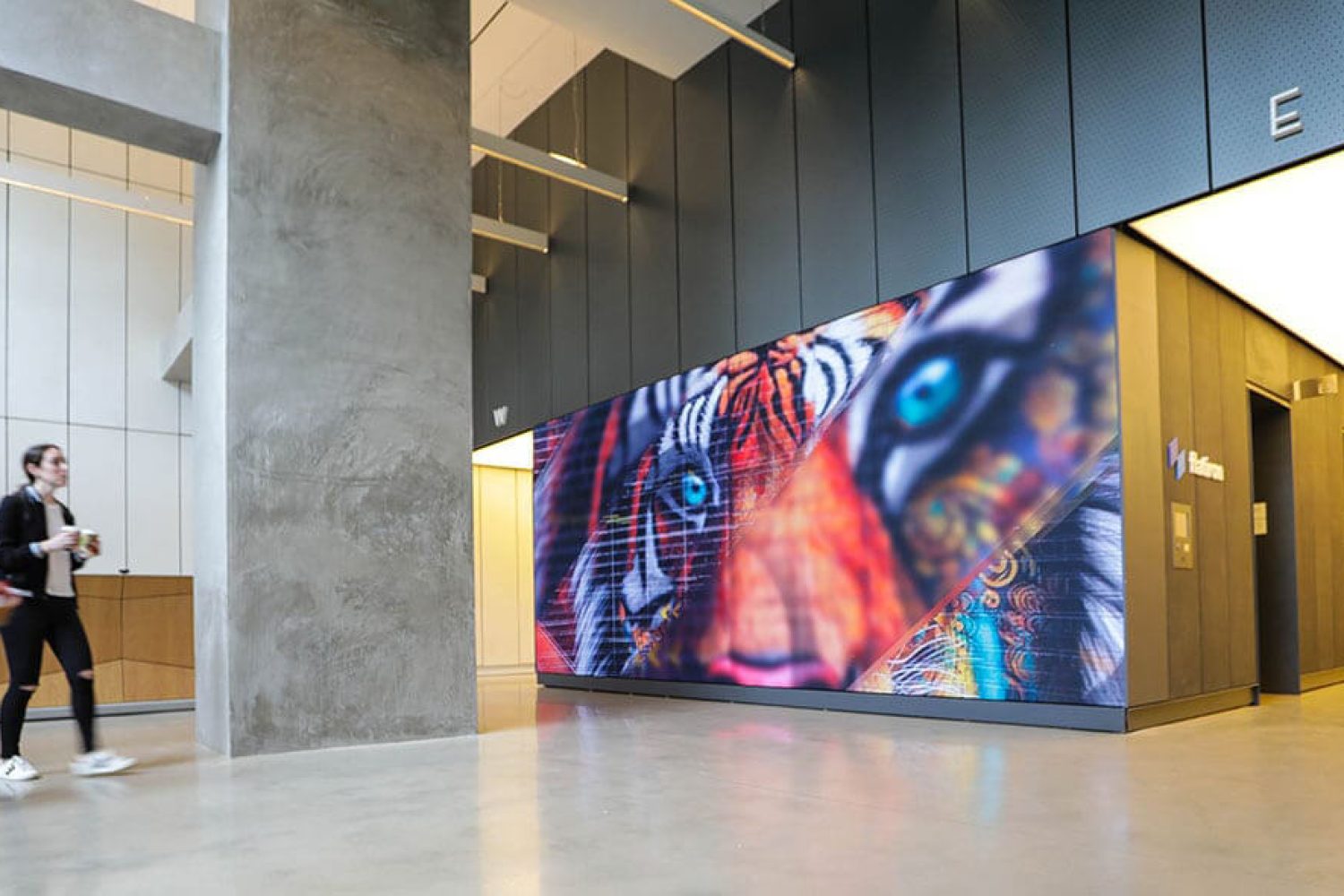
A frequent kind of LED video wall solution is the directly viewed LED. Such solution uses separate Light Emitting Diode units which are placed closely in proximity to create a big screen. Direct view Light Emitting Diode screens are known for their high brightness as well as lively colors, making them ideal for external events and brightly illuminated environments. These displays also have a broad sight angle, which indicating that viewers can view the screen distinctly at different positions. This renders directly viewed LED walls a popular option for sports arenas as well as outdoor festivals.
Another type of Light Emitting Diode display screen technology is the LED-backlit LCD. Such solution merges traditional Liquid Crystal Display displays and Light Emitting Diode backlighting to enhance brightness and hue precision. LED illuminated Liquid Crystal Displays are often used in indoor settings, including retail malls and conference spaces. These displays provide excellent image quality and are generally more affordable than directly viewed Light Emitting Diode screens. Nonetheless, they may often perform as effectively in well-lit settings, since the backlighting led video wall for fashion shows can sometimes wash out the colors.
A third option is the Organic Light Emitting Diode display screen. Organic Light Emitting Diode solution offers exceptional differentiation as well as hue depth compared to other types of displays. Each pixel in an OLED screen emits its own light, allowing for genuine dark tones as well as vibrant colors. This renders Organic Light Emitting Diode display screens especially attractive for uses which demand premium images, including gallery exhibitions and luxury shopping outlets. Nonetheless, Organic Light Emitting Diode solution can be costlier costly while may often be as luminous as directly viewed Light Emitting Diode screens, rendering it not appropriate for external applications.
In addition to these technologies, various additionally various applications for Light Emitting Diode display screens. They can be used for promotion, amusement, and data presentation. For instance, businesses often utilize Light Emitting Diode video screens for digital signage to draw in clients and promote goods. Within entertainment, they enhance the sight encounter at concerts and gatherings, offering dynamic backgrounds as well as engaging visuals. Within business settings, LED display walls can be used for demonstrations, visual meetings, and training programs, aiding to convey data through a visually appealing manner.
In conclusion, LED display walls are available in different technologies, each having its own advantages as well as applications. Directly viewed Light Emitting Diode walls are ideal for external use, whereas LED illuminated LCDs are more appropriate for indoor environments. Organic Light Emitting Diode video screens offer exceptional visual quality but may be at a higher cost. Grasping these variations can assist organizations to make informed decisions about the best type of Light Emitting Diode video wall most meets their needs, whether it be for advertising, amusement, or corporate applications.